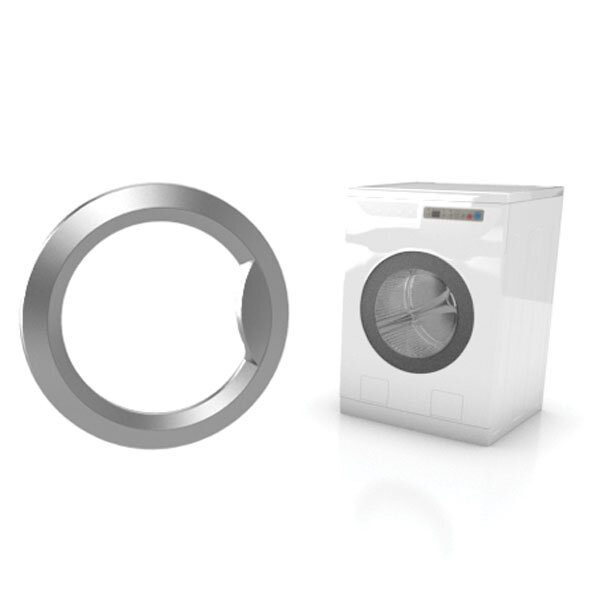Eliminating the Struggle of Bonding Dissimilar Surfaces with PSA Tapes
One of the more challenging puzzles to solve in many adhesive applications is the bonding of dissimilar surfaces. The type of substrate you are working with greatly impacts which type of pressure sensitive adhesive (PSA) tape you choose—here are a few questions to ask when choosing a PSA tape for your substrate—and the importance of this decision is even more impactful when you are working with two completely different substrates. Adhesive tapes that perform well on low surface energy substrates won’t necessarily provide the optimal bond strength on high surface energy substrates. What bonds well to metal doesn’t always bond well to plastic, and you can’t simply weld the two together for an effective long-term bond.
The list of complications and considerations to make can go on, but the point remains the same: effectively bonding dissimilar substrates is complicated.
The Many Challenges of Bonding Dissimilar Surfaces
What are some of the specific challenges when bonding different materials with very different surfaces?
Thermal expansion: the shape, volume, and area of many materials is not static. They can change in reaction to changes in temperature. This is known as thermal expansion. When you’re bonding two surfaces made from the same material, you can easily account for the changes and movement of the material as the temperature changes in the environment. However, different materials expand and contract at different rates, which can put stress on bonding solutions like fasteners. These rigid bonds can be pulled in too many directions at different rates, resulting in a bond that fails when temperatures change. More flexible bonds are required to account for the movement of the materials.
Galvanic corrosion: different metals and alloys have different electrode potentials. When those materials come into contact with one another, a reaction known as galvanic corruption occurs. The resulting reaction leads to the metals corroding quickly over time, even if they are coated with galvanized zinc (which can fade and chip away). In these cases, a metal fastener is not an ideal solution since a resistant barrier must be introduced. A simpler alternative is to leverage and adhesive barrier which bonds and separates the materials.
The qualities of each surface: everything from surface porosity to roughness will impact what type of adhesives will bond well to them. When different materials have different porosities, contours and shapes, high surface energy or low surface energy characteristics, etc., you’ll need different types of PSAs that are designed to adhere well to them. If you simply bond two very different surfaces with the same PSA, it may only properly adhere to one surface while quickly failing to adhere to the other. This can also be the case if the materials have different finishes (powder coated, painted, etc.).
The Solution: Use PSA Tapes for Maximum Adhesive Performance
There are many reasons why PSA tapes perform better than other attachment methods like liquid adhesives and metal fasteners. These advantages are even more beneficial when working with two different substrates. This is because pressure sensitive adhesive tapes are:
Viscoelastic: they can absorb the expansion and contraction of different materials caused by changing temperatures. Tapes and the adhesive applied to them are flexible and allow for much more movement than rigid fasteners, bolts/screws, and other bonding solutions.
An ample barrier: they prevent galvanic corrosion and other reactions caused by dissimilar metals and materials coming into contact with one another.
Highly resistant and resilient: there’s a wide range of PSA tapes to choose from, each with their own resistances to heat, flames, electrostatic discharges, chemicals, water/moisture, sound and vibrations, shocks and impacts, and much more.
Able to act as seals and gaskets: many types of PSA tapes can be used to fill gaps between two materials and can even act as a seal or gasket to block the flow of water, moisture, or gases.
Double-Sided PSA Tapes and VHB Offer More Versatility
Double sided PSA tapes can use different pressure sensitive adhesives on each side of the tape, allowing you to choose the adhesives that provide the strongest bond based on the different substrates you are working with. Meanwhile, the right Adhesive Transfer Tapes chosen for your application bond and separate materials along the bond-line. Both of these tape options allow you to account for different surface porosities, finishes, contours, surface energies, and much more.
Additionally, 3M™ VHB™ Tapes are high strength double-sided foam tapes that are highly viscoelastic and can be leveraged to replace mechanical fasteners in some of the most demanding applications. rs. These tapes are versatile, highly resistant to environmental factors, and allow for stronger bonds in less time.
How to Choose the Right Double-Sided PSA Tape
When selecting a PSA tape for your application, make sure to:
Identify the application of the tape (where and how it will be used, the joint, etc.)
Identify the two substrates being bonded and how they differ from one another
Choose the right adhesive for your substrates based on their inherent qualities
Choose the right release liner and carrier material based on your application. Find out more about the components of PSA tape here.
Consider the specifications you need for each piece of tape. PSA tapes are available on rolls or can be die-cut into custom parts.
You can find a few more questions to ask before choosing a PSA tape here. These include everything from surface texture to contour and more. Regardless of which type of PSA tape you choose, you’ll have a simpler, faster, and cleaner assembly process for your products.

